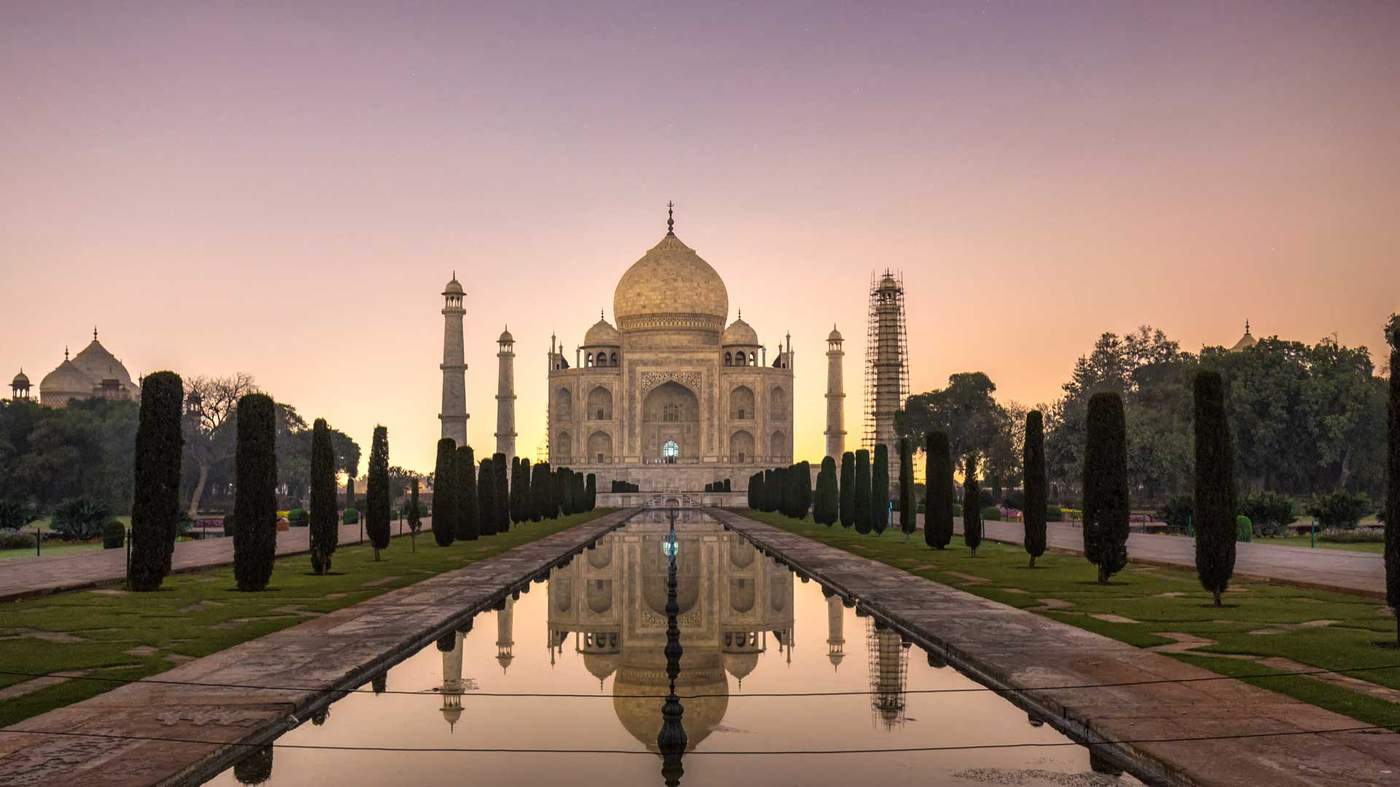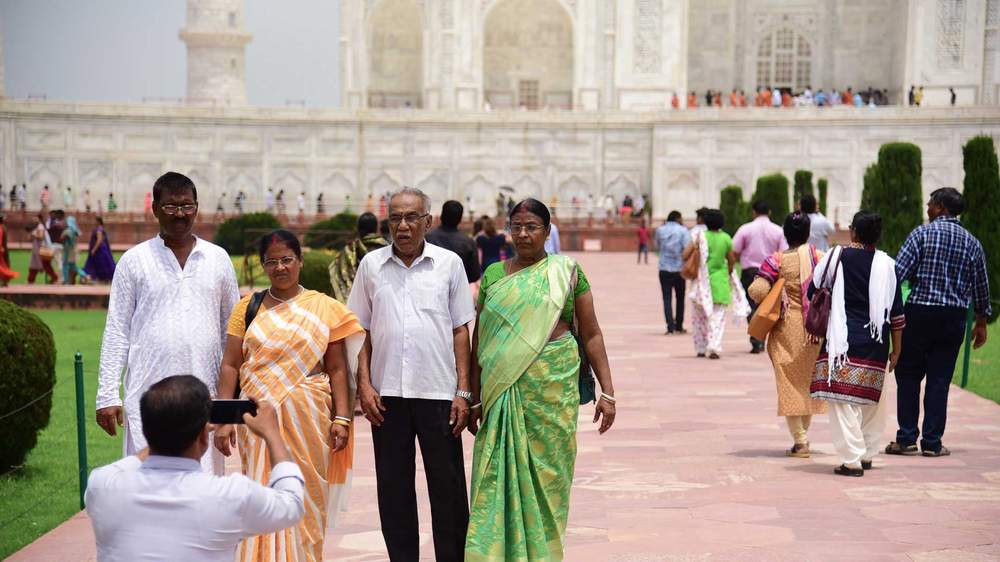- UID
- 20
- Online time
- Hours
- Posts
- Reg time
- 24-8-2017
- Last login
- 1-1-1970
|

The Taj Mahal is India's most famous building, attracting millions of tourists.
But a combination of neglect and pollution is threatening its existence.

▼ Shamshuddin Khan has been showing visitors around the Taj Mahal for more than 30 years. During that time he has been a tour guide to more than 50 world leaders - recent guests have included the Sri Lankan president and the Israeli prime minister.
Over the past three decades, he says, his hair has turned greyer, but the Taj Mahal has become darker. Approaching the building, Khan points out the cracks and the decaying marble of the structure.
“There are embarrassing moments when the foreign tourists ask me why the Taj Mahal is not being maintained the way it should have been. They also ask us why it is losing its colour and shine. We guides have no answers.”

Shamshuddin Khan, Taj Mahal tour guide
The Taj Mahal was built in the city of Agra in the 17th Century by the Emperor Shah Jahan. It was a mausoleum for his favourite queen, Mumtaz Mahal, who died giving birth to their 14th child. The emperor used marble from Rajasthan which was said to have a unique feature - it looks pink in the morning, white in the afternoon, and milky in the evening.

Rabindranath Tagore, one of India’s most celebrated poets, described the Taj Mahal as “a tear of marble… on the cheek of time”. In 1992, Princess Diana was famously photographed, alone in front of the building, a few months before the announcement of her separation from Prince Charles.

1992: The Taj's most noted modern visitor, Princess Diana
The Indian tourism and culture ministry says that between four to six million tourists visited the Taj Mahal in the five years to 2015. Peak tourist season begins in the month of October and continues until March.
But the Taj Mahal has indeed begun to lose its shine. Its foundations are weakening and cracks are becoming larger, and deeper in the marble dome and the monument. The upper parts of the minarets are said to be on the verge of collapse. In high winds earlier this year, two pillars on an outer building fell to the ground.
In July, the veteran environmentalist and lawyer MC Mehta brought a petition to India’s Supreme Court, calling for fresh efforts to save the Taj Mahal.
Judges agreed, and ordered regular hearings involving all those responsible for the building’s conservation - the state and federal governments, and the Archaeological Survey of India (ASI). It criticised the “lethargy” of state and federal officials towards the fate of India’s most famous building:
“Taj Mahal should be protected. However, if such an indifference of officials continues then it should be closed down. Even then if things do not shape correctly, then the authorities should demolish it.”
While few are willing to countenance the demolition of the Taj Mahal, the mere mention of the idea by the Supreme Court indicates that there is now a real question mark over its future.
Pollution (▪ ▪ ▪)
► Please, read the full note/article here: Source |
|